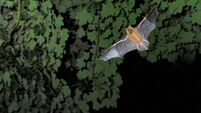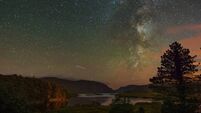Anja Murray: Wild Embrace is a book celebrating what we have, right here on our doorstep
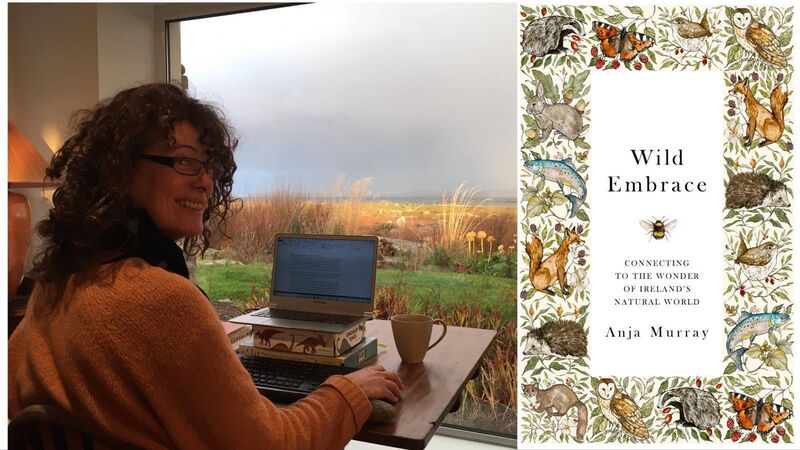
Anja Murray — going through the final edits to Wild Embrace in Connemara
This week is a particularly exciting week for me.
Not because of all the cheerful yellow catkins brightening the branches of willow trees across the country, nor because the blackbird in the tree across from the house is singing extra-energetically (I assume he has mating on his mind). But this week is especially exciting for me because my very first book, Wild Embrace, is being published. Something I’ve been working on for a long time is now a physical reality.
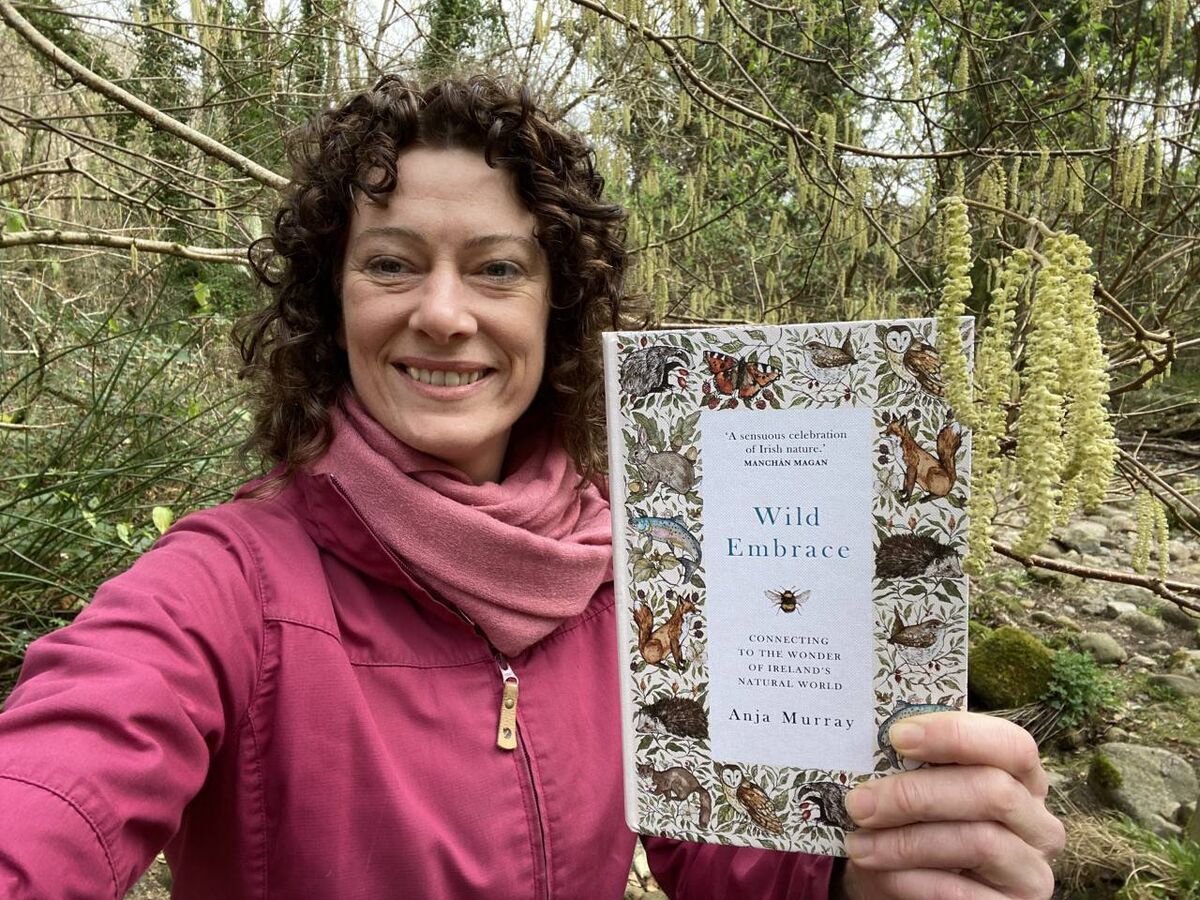
I spent much of last year writing it, engrossed in the process of organising my thoughts onto pages. Researching and fact-checking. Writing sections — then scrapping them. Procrastinating. Taking myself and the dog off to the river to sit and listen and wait for the flowing water to ease my writer's block.
Sometimes struggling to overcome a crippling lack of confidence — at times I felt completely unable to actually string a sentence together at all. Writing a book was a huge challenge, but also one of the most enjoyable things I’ve ever done. And I am fully aware that such an experience is also an enormous privilege.
Now that it is beautifully produced, illustrated printed, and being released out into the world, it is a strange feeling. It will take on a life of its own and become different things to different readers. A part of me wants to hide away. But, of course, I also want people to read it, because I’ve written it as something that belongs to its readers.
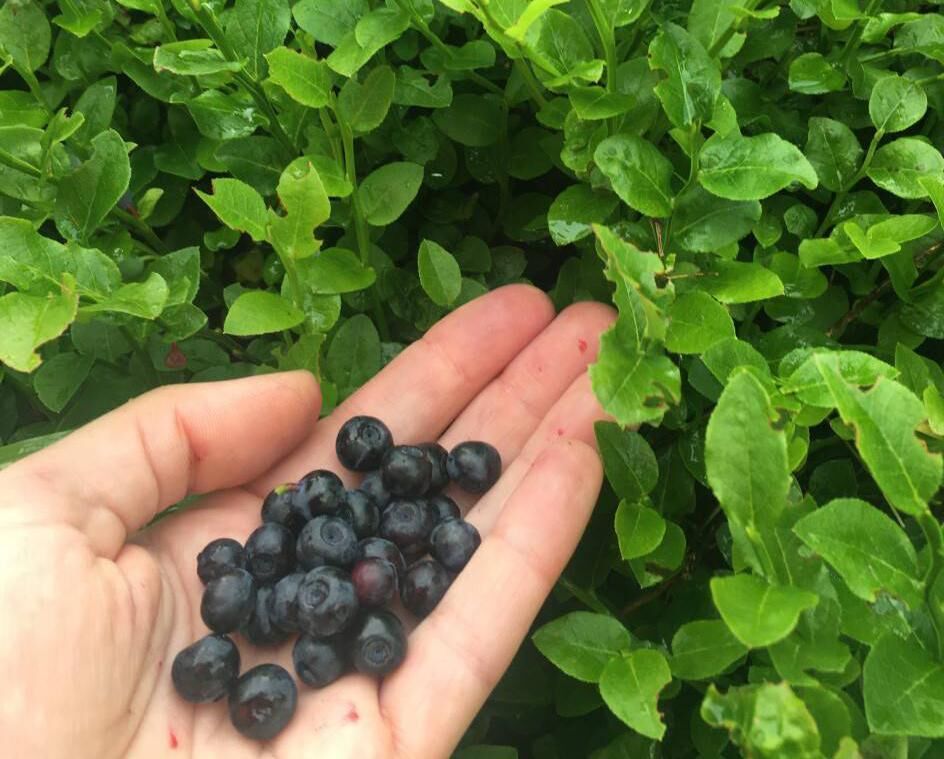
is a celebration of all the elements of wild nature in Ireland. It is about shining a spotlight on the endless wonders all around us that so often go unnoticed. Sometimes it zooms in on the minute details of flowers, mosses, and lichens and how my mind is blown by the degree of symbiosis in nature. I delve into the intricate engineering of the iridescence in a butterfly wing.
I describe commonly occurring wildlife, such as the sublimely beautiful turquoise kingfishers who hang out along riverbanks, darting down to catch a fish and return their perch all within 1.2 seconds. The many species of bats who mostly live their lives unseen and unheard by us, catching midges and moths on the wing during darkness, using only the echoes of tiny high-frequency wavelengths of sound. There are stories from the woods, hedges, meadows, rivers, and oceans that make Ireland so rich in natural heritage.
It is also about our connection to the natural world, how we interact with these wild places and wild animals through ancient myths and legends, through folklore, and more recent cultural frames. It contains a little of the history of Ireland’s familiar landscapes, once densely wooded, and how they have changed so dramatically over time.
I delve into the beliefs of our hunter-gatherers who settled here 12,000 years ago and their animistic worldviews.
All of these wondrous details I share, not just because they are a constant source of fascination for me, but because I consider our connection with nature to be core to how we cope with all that’s wrong with the world today. Spending time in the outdoors, observing the intricacies of trees and wildflowers, listening to the singing of grasshoppers and crickets in summer meadows, enchanted by swifts and swallows on summer evenings — all these experiences help me to cope when I feel overwhelmed by the unsettling state of things.
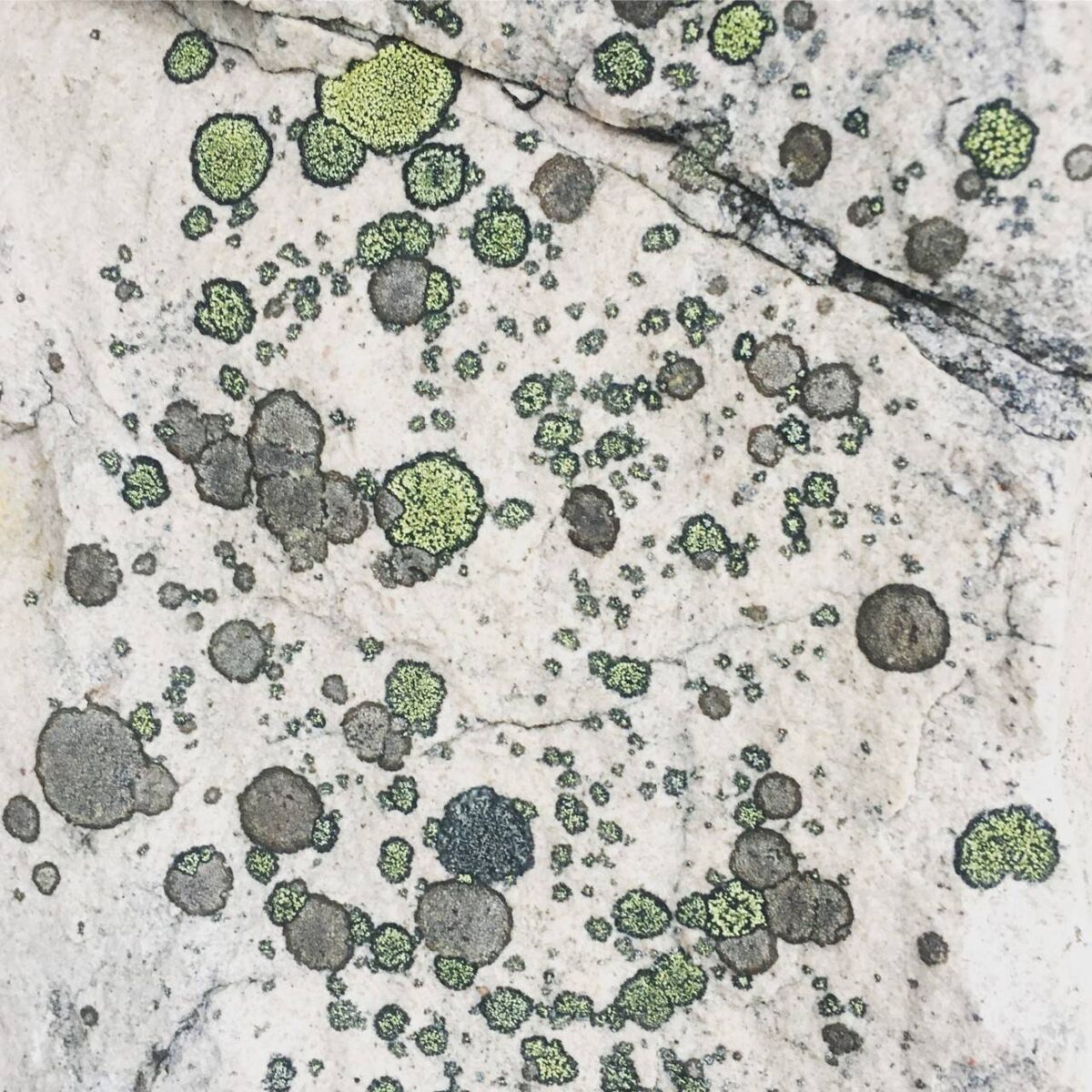
For context, greenhouse gas emissions are still rising in Ireland — we emitted more in 2021 than in 2020 and more also than pre-pandemic levels, while Antarctic sea ice is at an all-time low. This is frustrating, to say the least.
An early spring drought this year led to enormous fires across the uplands in many parts of the country, fires lit to eviscerate nature in the first place, but gone out of control because peaty soils are much dryer than they should be at this time of year. Across Irish fields, familiar farmland birds such as curlew, lapwing and snipe are hurtling toward extinction and there is not nearly enough being done to halt the loss of their habitats.
Peat bogs are still being mined for turf and peat-moss, against all logic and against the law. Water quality in Irish lakes and rivers is getting worse each year as agricultural pollution increases. And reading about the state of nature globally is just as grim.
But I don’t want to put my head in the sand about these things, nor do I want to let myself succumb to anger or cynicism. I have found, time and time again, that letting myself get absorbed in nature is a powerful antidote to feelings of helplessness that often arise when we acknowledge these trends.
I go to the riverbank; I explore the bluebells in hazel woods in springtime; I stroll along hedge banks eating wild strawberries; I walk Atlantic coasts listening to the shorebirds calling over the muted roar of stones tumbling with each outgoing wave. In doing so, I feel renewed, delighted with the world, enchanted with the weird ways in which our native plants and animals have each adapted to their particular niche.
I believe that all these wild things have a right to exist, to continue to exist, whether they have a use to us or not. But many will not continue to exist unless we begin to see them, to value them, to love them, and to cease our relentless (though often unintentional) war on nature.
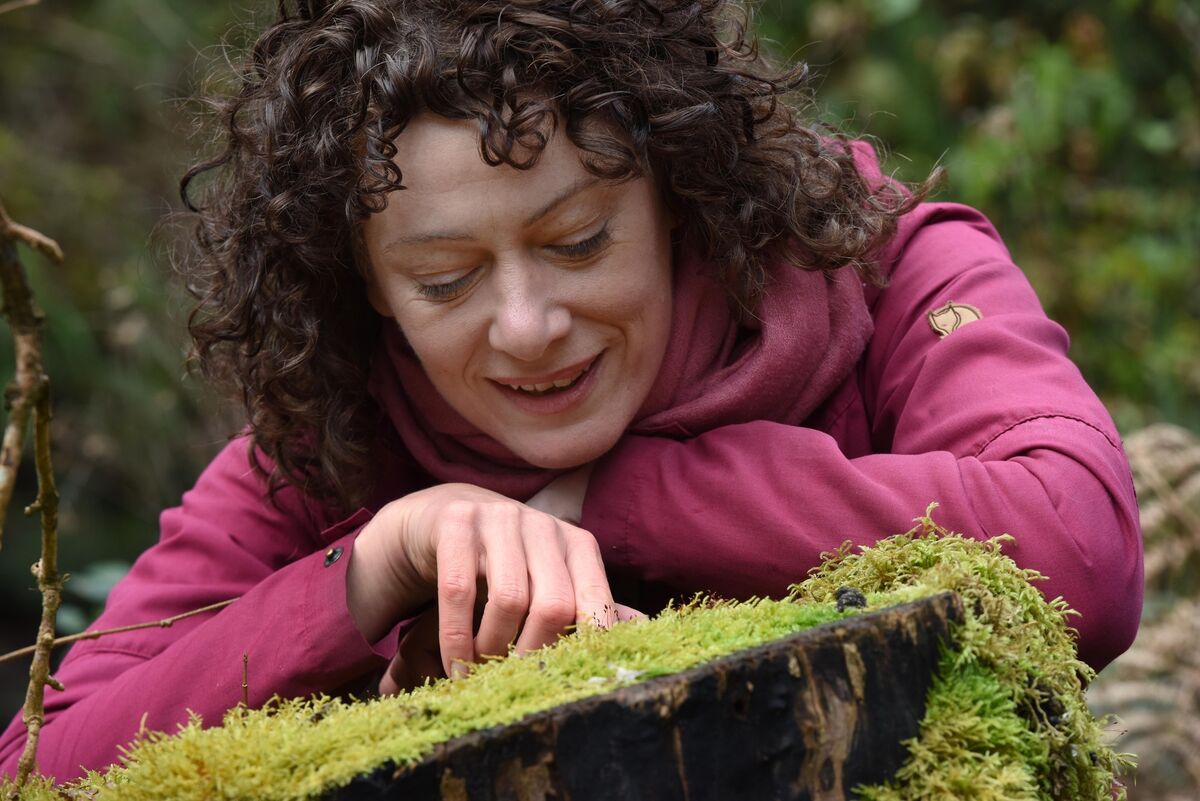
is a book that celebrates what we have, right here on our doorstep. It is about foraging as a way to tune in to the seasons. It is about cultivating curiosity as a way to open our perspective to the lives of the non-human world. It is about observing plants and learning their names. It is about reconnecting with what we have in order to sustain ourselves and the whole wondrous web of life.





